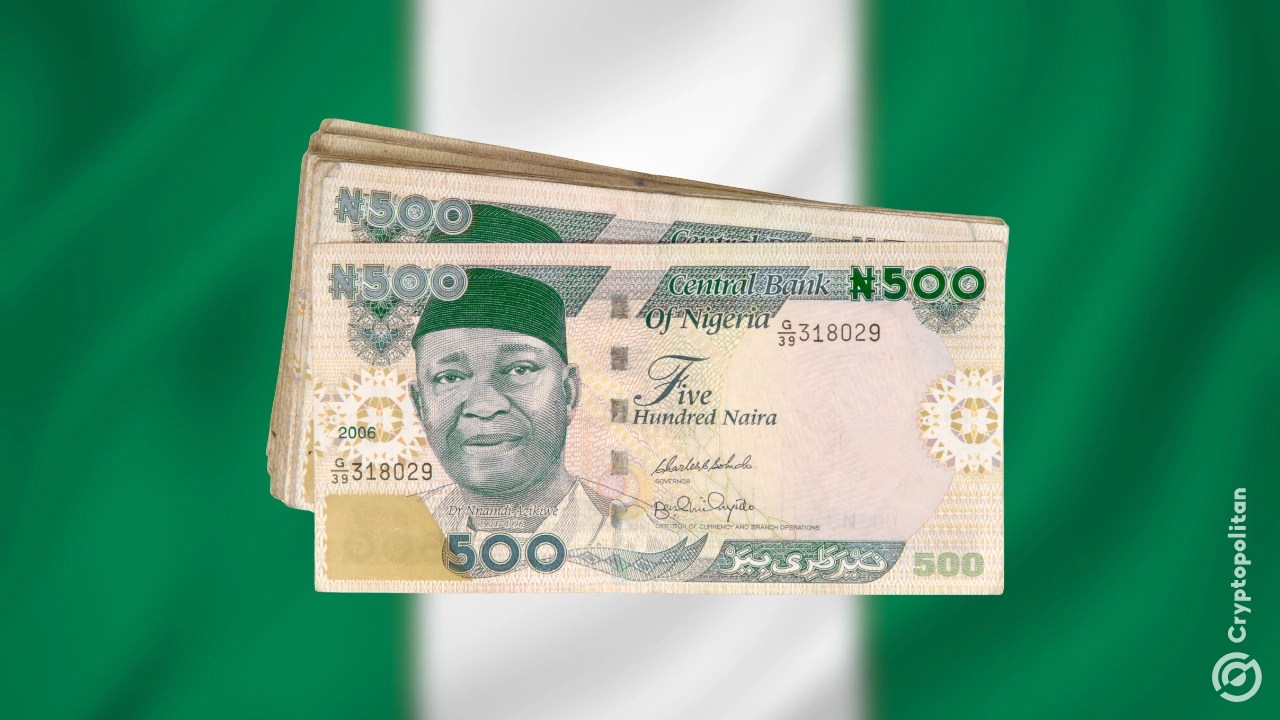Buyers in China are pissed. Photos of scratched-up iPhone 17 units are everywhere. On Friday, people in China started posting pictures of the brand-new iPhone 17 Pro and Pro Max with scuffed backs. The deep blue ones especially.
They said the phones were already scratched while still on display. Some hadn’t even been touched yet. Others were in the hands of store staff. But they all looked the same… damaged.
According to Bloomberg, reporters visited Apple stores in Hong Kong and Shanghai and found exactly what users on Weibo were talking about. Display phones were scratched. Deep grooves were visible on the Pro and Pro Max, and even the black iPhone Air had marks on it.
These phones had only been out a few hours. This model is supposed to be Apple’s big design comeback. They switched to an aluminum shell. Apple said the back had a new, more scratch-resistant finish. It doesn’t look like it.
One photo after another flooded Weibo. Scratches on the backs, chips around the edges. The hashtag tied to the problem hit over 40 million views by late Friday. People weren’t holding back. “This is Apple’s idea of premium?” one post read.
“Mine looked like it fell off a motorbike before I even opened the box,” another user wrote. Others shared close-ups of scratched phones in Apple stores. Some said the scratches appeared within minutes of being handled by store staff.
Apple gave no response. The company didn’t say if it’s aware of the problem or if it’s limited to China. It didn’t give a timeline or plan to address the issue. It just didn’t reply. This isn’t new. Apple has had issues on launch days before.
The iPhone 7’s jet black finish scratched fast. The iPhone 6 bent if you kept it in your pocket. The iPhone 4 lost signal when you held it wrong. Apple never really addressed those problems either.
The iPhone 17 release was supposed to give Apple breathing room. The company is trying to keep its phone sales up while it figures out AI. With no new AI features ready yet, the focus was on the hardware. But this launch isn’t going the way Apple wanted. Buyers are watching a product they paid top dollar for look damaged before it even gets to them.
In China, the new iPhones hit stores early. That gave buyers there the first look, and the first complaints. Many tried to buy the phones in person. At Apple’s Hong Kong flagship, people waited to see the new handsets, but there wasn’t much stock. Staff told walk-ins that only the iPhone Air was available. If you wanted the Pro or Pro Max, you had to order online. That meant a three-week wait.
Shipping times weren’t any better in other parts of Asia. In Singapore, Australia, New Zealand, and mainland China, the wait for the Pro Max hit four weeks. The Pro was slightly better, but you still had to wait. South Korea had the shortest wait: one week for the Pro. But even there, the Pro Max is unavailable until late October.
The smartest crypto minds already read our newsletter. Want in? Join them.
Source: https://www.cryptopolitan.com/iphone-17-china-scratched-backs/


